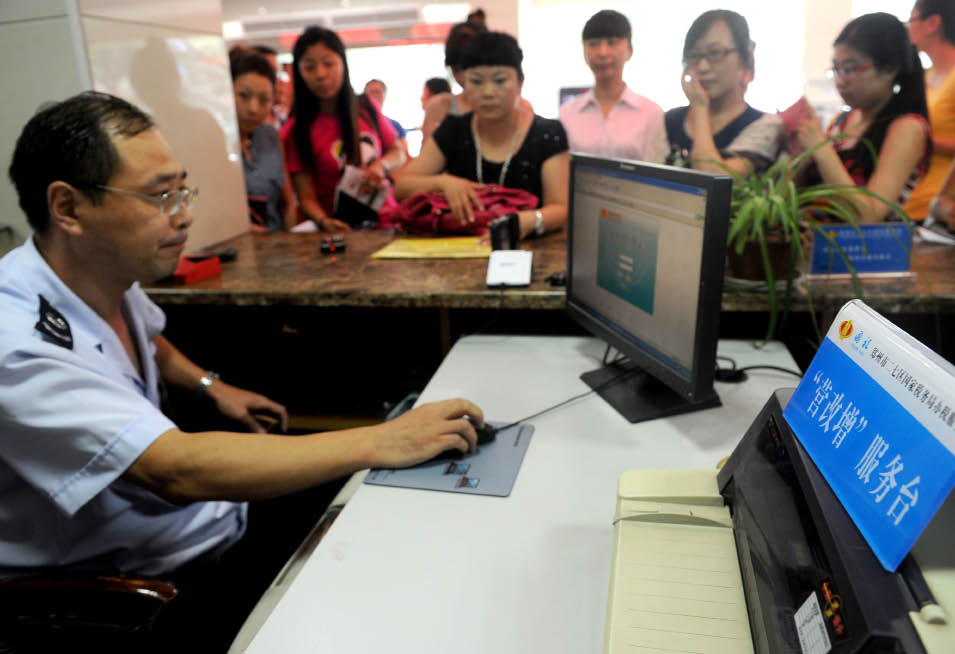The municipal taxation authority of Zhengzhou issues the city’s first VAT invoice for cargo transport businesses to Zhengzhou Communication and Transportation Group on July 22, 2013.
Tax Reduction: Ease the Burden
By ZOU GUOJIN
WITH the introduction of value-added tax (VAT), we will pay about RMB 400,000 less tax every year. With the money saved, we can employ ten more workers and generate RMB 5 million more in production value,” said Li Sheng, general manager of the East Century Technology Company.
Since the Enterprise Income Tax Law was implemented in 2008, China has taken pains to reduce tax burden on medium-sized and small enterprises. The recent promulgation of new policies on tax reduction is a clear sign that the government intends to boost the development of medium-sized and small enterprises even further.
Benefits of VAT
 |
|
|
The replacement of business tax with VAT means that enterprises in the transportation sector and some in the modern service sectors now only pay VAT. This program was first launched on January 1, 2012 and trialed in Shanghai. Since August 1, 2013, the VAT program has expanded nationwide and covers more sectors: technology development and service, telecommunications, cultural and creative industry, logistics, tangible personal property rental service, authentication and consultation, and film and broadcasting.
The VAT that companies pay on raw materials and labor can now be deducted from tax payable, so enterprises pay less tax.
The East Century Technology Company develops and sells water conservation software. Last year, its operating revenue stood at RMB 52.8 million; the profit was RMB 11.2 million and the income tax it paid was over RMB 1 million.
According to Li Sheng, his company used to pay value-added tax on its software sales revenue and five percent business tax on its service revenue. Since the VAT reform, the company pays six percent VAT on its service revenue. Although the percentage is higher, the company in fact pays less tax now because it can deduct the VAT paid on previous links in the production process. That is to say, the VAT program eliminates double taxation.
Where the former business tax levied every link in business operations and involved heavy double taxation, VAT is charged only on the added value of each link in the production chain. Double taxation, therefore, can be avoided.
In terms of the design of the VAT tax rate, for most enterprises it is low. The rate for small enterprises is fixed at three percent and for service enterprises, six percent. But the rate for transportation enterprises has risen from three percent to 11 percent. Generally speaking, for most enterprises the tax burden has been eased.
Wang Jun, director of the State Administration of Taxation (SAT), pointed out that the replacement of business tax with VAT is a comprehensive and strategic move adopted by the State Council to upgrade the Chinese economy. Reducing tax not only eases taxpayers’ burden, but also boosts structural upgrading and economic development, thus providing an important opportunity for enterprises to develop in leaps and bounds.
SAT statistics show that 736,077 enterprises were newly covered by the VAT program as of August 1, and the number is expected to increase as the reform rolls out nationwide. In terms of tax reduction, the million-plus enterprises that were included in the pilot VAT program in 2012 paid RMB 4 million less tax that year. Jia Kang, director of the Research Institute for Fiscal Science at the Ministry of Finance, predicts that the total reduction in annual tax will be no less than RMB 300 billion when the program is in full operation.

